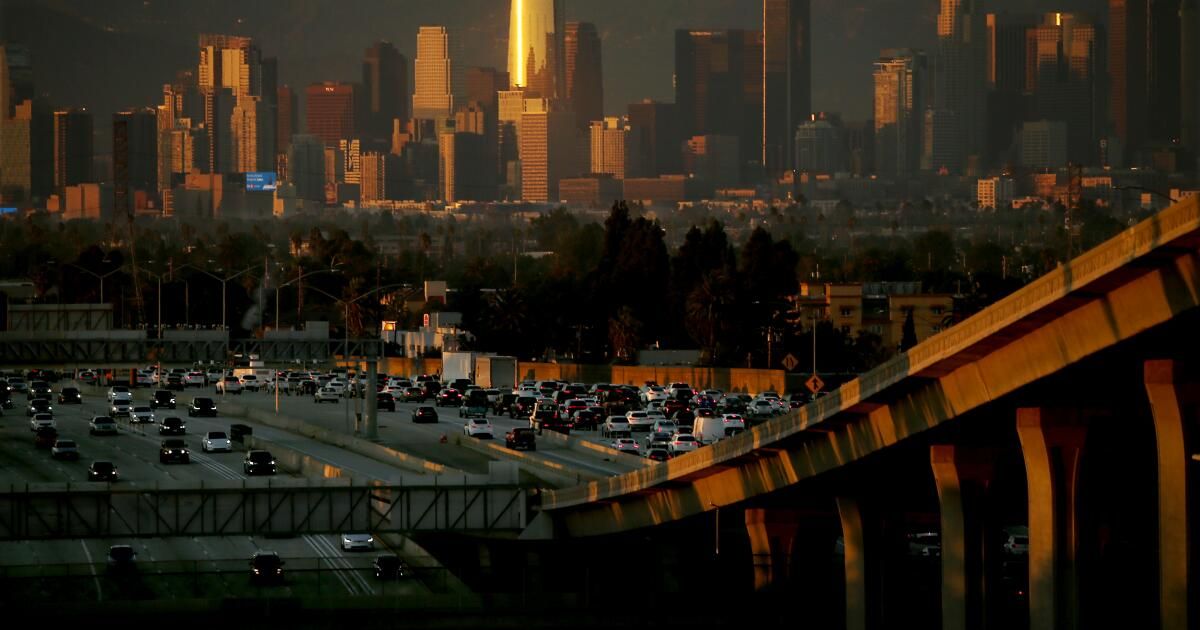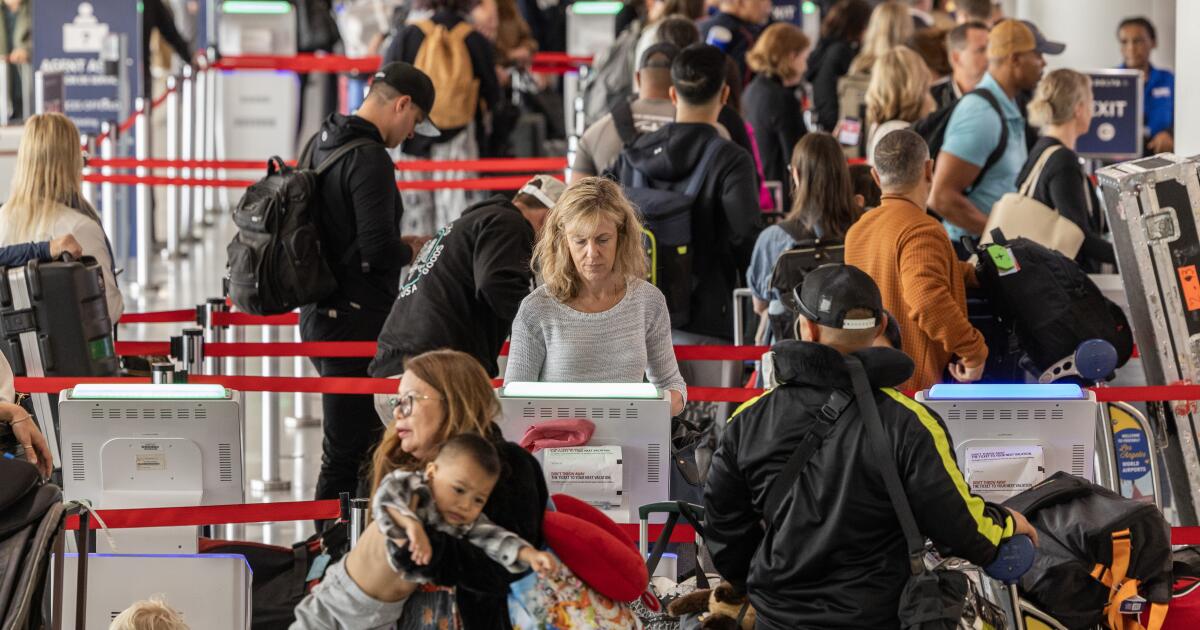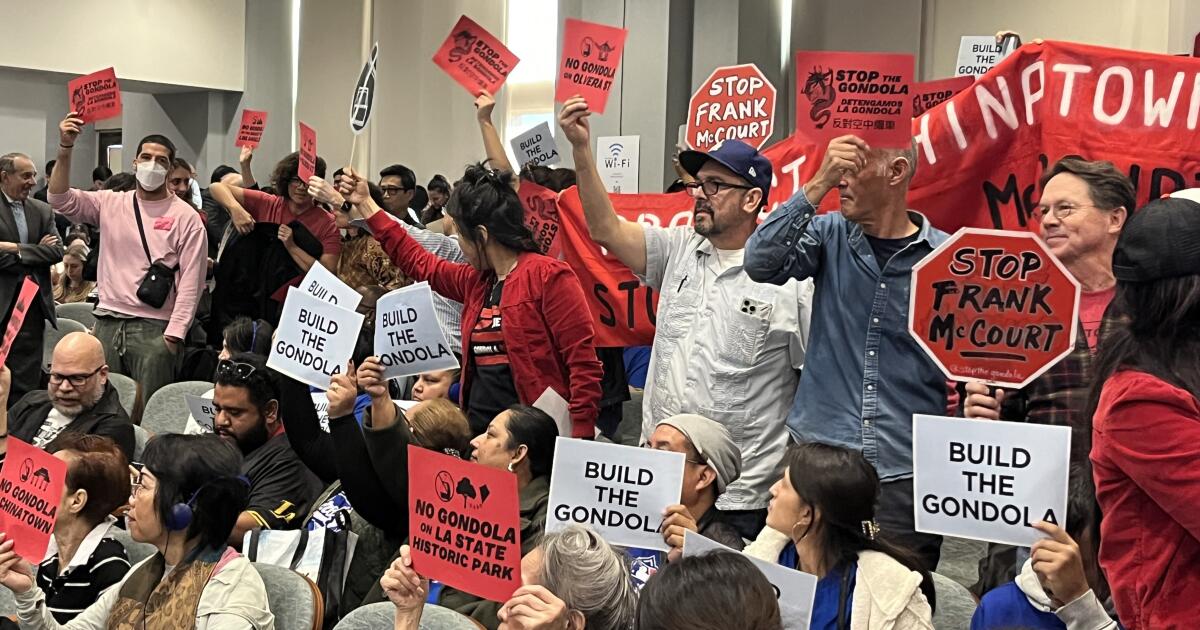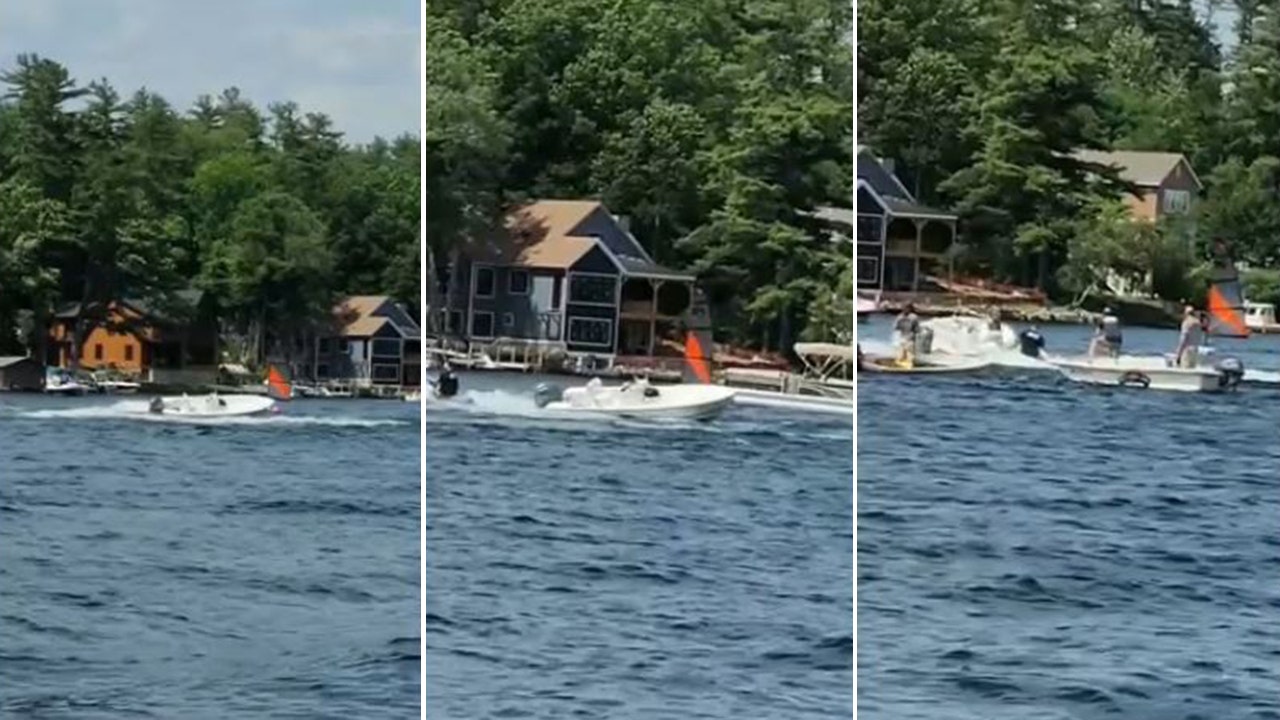If you have a fireplace in Southern California, experts ask you not to use it. A no-burn alert has been extended through at least Wednesday as much of the region is under an atmospheric soup of haze and pollutants.
The alert was issued Monday by the South Coast Air Quality Management District for the non-desert portions of Los Angeles, Orange, Riverside and San Bernardino counties. The alert prohibits the burning of wood or logs made of wax or paper due to the poor air quality in the region.
Current weather conditions are contributing to air quality problems, one expert has said.
“Basically, the weather conditions we're seeing are light winds and little vertical mixing in the upper atmosphere, which can lead to high levels of fine particle pollution,” said Scott Epstein, South Coast AQMD supervisor.
Stefanie Sullivan, a meteorologist with the National Weather Service, attributed the poor air quality primarily to the “shallow” marine layer, which causes what's known as a temperature inversion: Instead of temperatures decreasing with altitude, they increase.
“That acts like a cap,” Sullivan said, “so the air doesn't really rise beyond that level, trapping all the haze and pollutants.”
Epstein said the AQMD tracks several pollutants, including ozone and fine particulate matter, also known as PM2.5. This last type of pollution is very dangerous for respiratory health, since the particles can penetrate deep into the lungs, causing asthma attacks and other health problems.
Ozone tends to be a bigger problem during the warmer months, March through October, because atmospheric concentrations of the pollutant increase with heat. Fine particles are a bigger problem during the colder months, November through February; So far this winter, there have been eight days without burning in Southern California.
Epstein said alerts are issued after certain contaminant concentrations are reached anywhere within the AQMD's jurisdiction.
If any part of the region crosses the contaminant threshold, a no-burn alert is issued for the entire area. Epstein said this is because emissions, including those created by burning wood, can change and affect areas with averages below the threshold.
“Poor air quality spreads,” he said.
For Wednesday's alert, Epstein said two areas were forecast to exceed the threshold: Perris Valley and the Riverside metropolitan area. Other parts of the region are forecast to have near-threshold conditions, including the eastern San Bernardino Valley and the Norco-Corona area.
Esptein said inland areas of the region, especially Riverside and San Bernardino counties, tend to have higher concentrations of PM2.5.
“That's not necessarily because they have a lot more emissions,” Epstein said. “They occur west of there and then blow east.”
Fortunately, rain is forecast and could help remove some of the trapped pollution. According to the National Weather Service, back-to-back storms are expected this week.
“When there are storms, there is also some wind that can clean things up that way,” Epstein said.
For those who would like to view the Air Quality Index forecast or real-time air quality updates, visit AQMD.gov.












